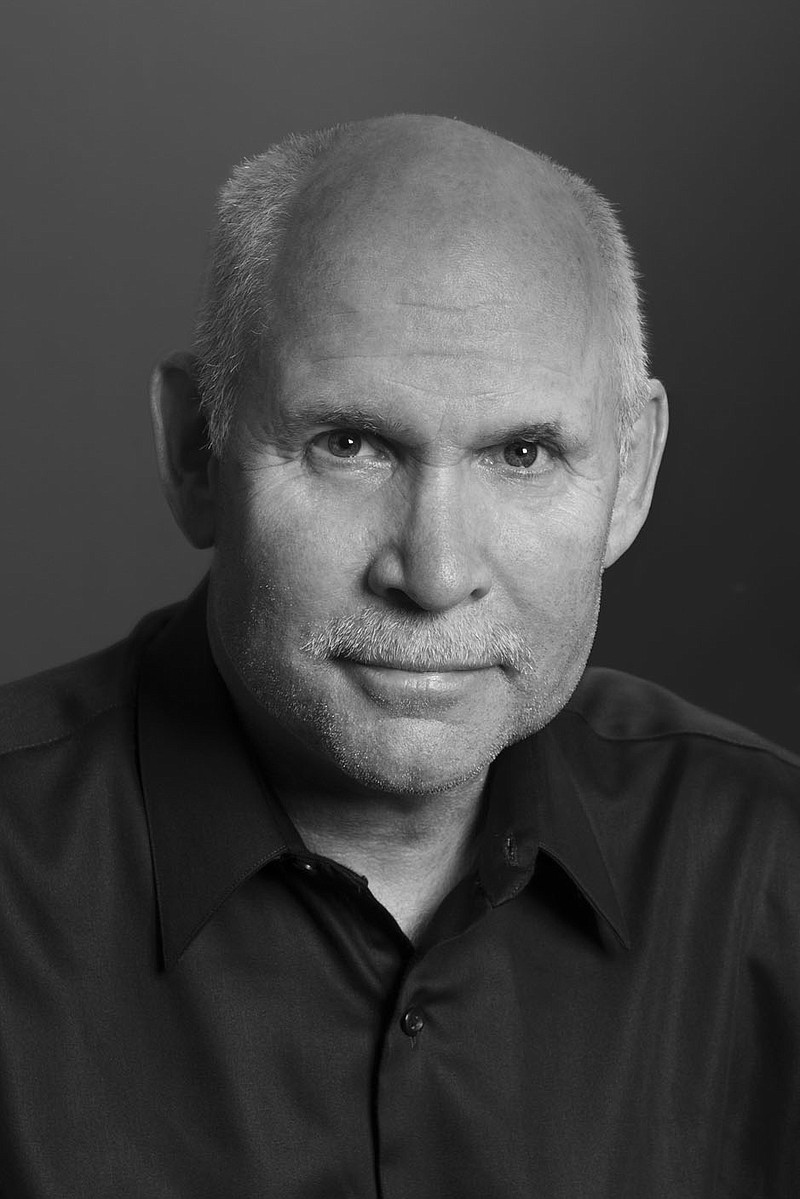"My work has generally been about people -- how people live, the human condition," American photojournalist Steve McCurry begins.
Part of documenting the human condition meant covering areas of conflict around the world, which led McCurry to Pakistan in 1984. That's where he captured what is likely the most famous image of his career. "Afghan Girl," the portrait of the 12-year-old girl with piercing green eyes that covered the June 1985 issue of National Geographic, became emblematic of the refugee crisis that displaced millions and spanned decades following the Soviet occupation of Afghanistan.
Last week, on Nov. 23, the country passed its hundredth day under majority Taliban rule since the militant group and political movement regained control after U.S. troops withdrew this summer. Besides the political and economic consequences of the takeover, the Taliban's extreme Deobandi fundamentalist ideology has renewed global awareness of the region's humanitarian concerns and prompted a new wave of refugees fleeing the country, on top of the millions already displaced in neighboring countries as well as within Afghanistan's borders.
"At this kind of critical time when Afghanistan is back in the news, I'll talk about that. I'll talk about people being displaced, whether from Syria or Yemen or Afghanistan or Iraq. But the other part of it will be also my career and what I've done and celebrating culture and diversity, the commonality of humanity," McCurry says of his Dec. 2 visit to Crystal Bridges Museum of American Art in Bentonville.
McCurry is the final guest on the museum's 2021 Distinguished Speaker series. Crystal Bridges has partnered with refugee resettlement agency Canopy NWA to bring McCurry to Bentonville, as well as draw attention to the organization's efforts happening right here in Northwest Arkansas.
"The way the world is now, everything has shrunk. The world is a much smaller place. On a plane, you can get from Kabul, [Afghanistan] to Little Rock, Arkansas, in probably three flights; you could probably do it within a day," McCurry says to illustrate his rejection of the idea that even somewhere like Northwest Arkansas may seem too far removed from a humanitarian crisis in the Middle East to pay attention.
"The world's so interconnected in every possible way that I think we have to try and help other people help the planet. I think you can't say, 'Well, global warming doesn't really interest me or affect me,' or, 'I'm just one small, little person and that doesn't really affect me.' Well, if everybody has that attitude, we might as well just give up now.
"And I would say," McCurry goes on, "is that not the Christian message, to help people in need? I know the answer to that question. But I guess if you really think of yourself as a Christian, or a Muslim, or a Buddhist, on and on and on, this is the right thing to do. It's the right thing to do."
The conversation will be moderated by Canopy NWA's Khalid Ahmadzai and will also look back over McCurry's impressive body of work, spanning more than four decades.
"We hope to leave guests with an understanding of how art can bring awareness of social issues, spark dialogue and facilitate change," reveals Moira Anderson, associate director of public programs for Crystal Bridges. "In addition to the lecture, we also plan to partner with Canopy NWA to present a series of gallery talks focused on art and social issues, portraiture and representation, that will extend our dialogue on the topics covered in the lecture."
"I think you photograph, you write a poem, you write a book, you compose a song -- I think you do it because you have that sort of creative urge. You do it because you sort of have to, and then you let the chips fall where they may," McCurry muses. "I mean somebody could absolutely say, 'Well, ["Afghan Girl"] is the only picture people know of you.' And I would say, 'Well, so? What do you want me to say?'" he posits with a laugh before adding:
"But I do think, and I know, from people who have drawn inspiration from it, people have volunteered to go work in the refugee camps. So I think that's the real benefit of the picture -- the fact that this young girl full of dignity and fortitude and perseverance, holding her head up high, despite she's poor and a refugee and an orphan, that she was able to persevere."
Seeing the events, and horrors, McCurry has lived through up close -- the middle of a civil war, walking through a 100,000-person refugee camp, the "epic catastrophe" of the Gulf War, unimaginable poverty -- it sometimes feels like witnessing the dark side of humanity, he admits. But as someone who aims to create work that "communicates and tells stories and highlights life on the planet," McCurry found a sweet spot at the intersection of art, compassion, education and documenting the narrative of history, and he made his career there.
"For photography to be able to say, 'This was the way we were at one time,' I think that's really informed [my approach]. It's just so fascinating to look [at] how people managed to live their lives. Maybe you can read it in a book, but I think looking at a photograph and reading it in a book are two different things. So I think photography really adds to our human story."


